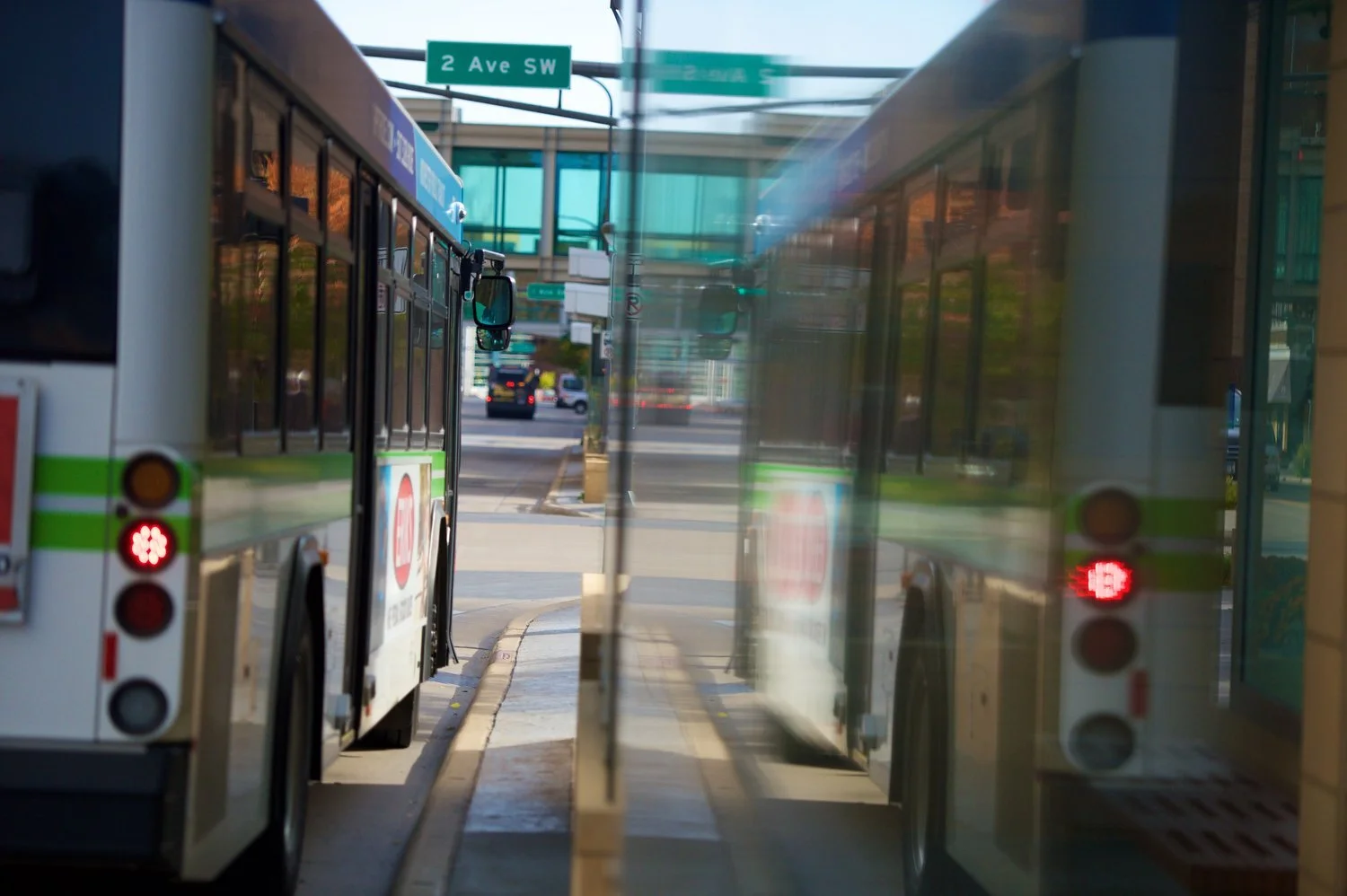Rochester Public Transit to resume fare collection, renumber some routes
After offering fare-free rides for nearly a year, Rochester Public Transit will soon resume charging riders who rely on the bus service.
The reinstatement of transit fares, announced Monday, will go into effect on January 24. On the same date, RPT will also roll out changes to the numbering of 16 of its routes — though no schedule or geographic modifications will accompany the change in route numbers.
RPT first suspended fare collection last April as a safety precaution for passengers and operators. Since then, passengers have been boarding buses using the rear door to limit direct interactions with drivers.
That will change on the 24th as riders will resume using the front door. RPT says acrylic barriers have been installed near the farebox — providing an additional measure of protection against the spread of Covid-19.
Existing safety measures — such as enhanced daily cleaning, a face covering requirement for passengers and operators, and 50 percent capacity limit on passengers — will remain in effect indefinitely.
“Safety of our passengers and operators is always our number one concern,” said Ia Xiong, physical development manager for RPT, according to a news release. “With safety barriers now in place we are able to move public transit in Rochester forward with confidence.”
As for the new numbering system, RPT says those changes stem from its 2017 Transit Development Plan — and are “designed to be easy to understand for new riders and to allow for future expansion.”
Here is more from the news release:
New 3-digit route numbers use the first digit to indicate which of four geographic quadrants the route operates. Northeast Rochester routes will begin with the numeral 1, southeast with 2, southwest with 3, and northwest with 4.
Another change replaces the “D” used to identify routes that serve the city’s four park-and-ride locations with an “X” to indicate express service. Park-and-ride lots and corresponding direct routes previously located at Cub Foods and Target South remain suspended with no plans to reintroduce them at this time.
RPT has seen a significant drop in ridership as a result of Covid-19. In November and December of 2019, the transit service welcomed 345,574 riders, compared to 117,540 during the same two-month period in 2020 — a 66 percent year-to-year decrease.
Still, Xiong said that prior to the pandemic RPT experienced several years of growth — a trend she expects will bounce back in the future.
“Before the pandemic, our system had three years of very strong service growth,” said Xiong. “We do expect to return to that trajectory in the next planning period.”
Additional information regarding the new numbering system can be found online at rptride.com. New maps and schedules are expected to be made available as service goes into effect later this month.
Cover photo by Tom Roster/ Courtesy RPT







